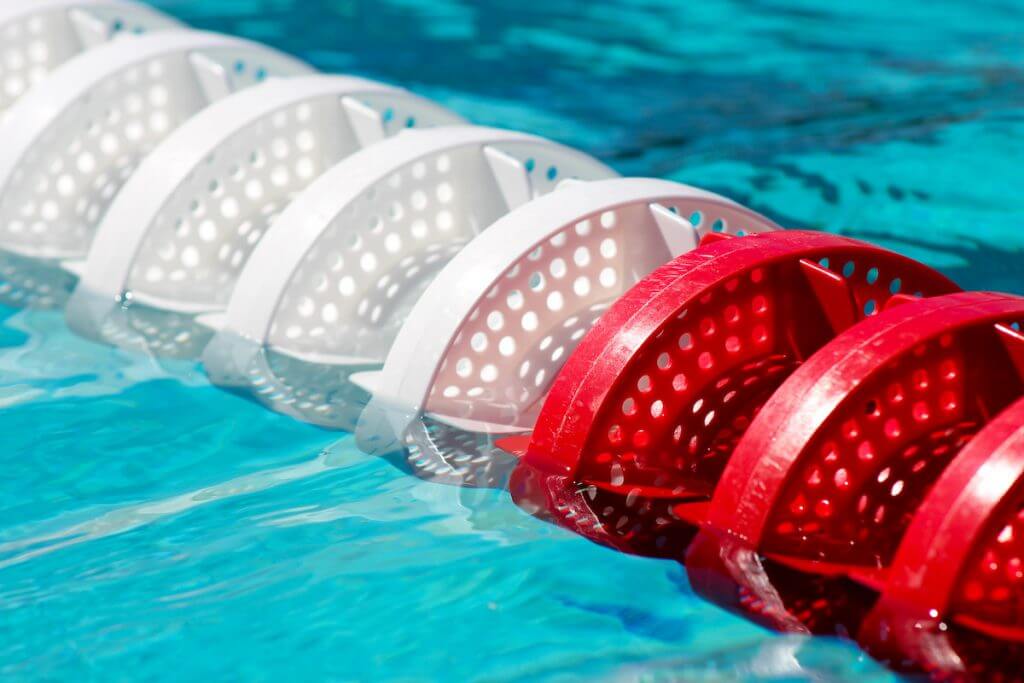The Struggles of the Recruiting Process: Is It Worth It?

The Struggles of the Recruiting Process: Is It Worth It?
By Ellie Martin, Swimming World Intern
Most high school kids spend their senior year worrying about filling out their Common Apps or what they might write about on their college essays. On the other hand, student-athletes across the country spend most of high school concerned about going a certain time or getting emails from a coach. The college process for swimmers is quite different than the average student, sometimes starting your freshman year high school.
There is the constant strain of the need to be in your best shape in and out of the pool so you have a chance to swim at a college of your choice. Young student athletes are put under pressure trying to find a school that fits their speed level and academic needs, as well as worrying about if a coach wants them and if they will receive scholarship money. The almost 26,000 swimmers who swim collegiately have all had to go through the frustrating college recruiting process, as well as the thousands of prospective swimmers who are in the middle of the process.
The Right School for You
With almost 700 collegiate swim teams in America, there are a fair amount of swimmers who are recruited every year, which can add to the stress of the competition of finding the right team. From NCAA Division 1 to NJCAA schools, there are plenty of options for students to look at, which can add to the stress of finding the right school. Swimmers have to address the type of school they want first, looking at what size, small or large, location, in a city or rural America, and that sort of thing.
Swimmers have to look for a school that not only is on their athletic level, but their academic level. A freshman at the University of Vermont, swimmer Sophia Sinibaldi says that the most challenging part of her recruiting process was “finding schools that had everything I wanted academically and athletically.” The end goal for a lot of collegiate athletes is not to become a professional athlete, so their education in college is important for a multitude of reasons. This thought process of finding the ideal type of school typically starts freshman or sophomore year for most swimmers, knowing that as soon as the end of sophomore year rolls around they are ready to talk to coaches and get recruited.
Recruiting Regulations
Since the NCAA changed recruiting rules to allow swimmers and coaches to communicate after sophomore year versus the first day of junior year, there has been an increased frenzy around the idea of being recruited earlier. A lot of high school swimmers are committing earlier and earlier than ever before. This makes it quite difficult for prospective athletes who want to wait longer to make their decisions or are still unsure about the path they want to take. There is so much constant stress for swimmers about hearing from coaches, reaching out to coaches, and deciding where they want to make their official visits.
With the earlier recruiting date, there seems to only be additional competition, especially with the COVID pandemic. Swimmers are being forced to make a decision about where they want to spend the next four years without being able to visit the school properly. This really only makes a stressful and scary process significantly harder. Juniors in high school, who are only 16 and 17 year olds, are having to make decisions about where they want to spend their college careers, regardless of the mania that comes with the recruiting process.
The End Result
While it does help that every college swimmer has to go through the recruiting process, it’s very different for everyone. It takes some people years to find their right fit, while for some athletes it takes only a couple months. Obviously everyone wants something different and has different goals, but the overall stress of finding the perfect school for yourself is difficult, regardless of the length of the process. Some kids might only talk to one coach because they know that team is the right fit for them, while another student might be in contact with 20 different teams.
Despite the differences that come with the search for a school, it’s not an easy process for anyone because of the time, effort, and thought process it takes to make such a big decision, while also worrying if the team is right for you. While the recruiting process is beyond stressful, there is a reason it takes so much time and effort, as so many athletes find the perfect place for them.




My Sophomore daughter wanted to swim D1 and she’s successfully swimming in a mid-major program. From move in day 1, through this challenging year so far, her team has been her tribe. It’s been an excellent experience. Our take away from the recruiting process is that there is a program for any swimmer who wants to swim. There are so many teams, schools, and levels that one can find a spot. It’s just a matter of being flexible and finding the right combination. D1 is like a having a job AND going to school. If that seems a bit much, then stay with swimming but at a different level. Still a tribe, still great fun, still worth it!!
A big misconception is that D2 and D3 kids don’t have similar time constraints placed on them. In most cases, they do! There might be a few less games and games where you do not travel as far, but it’s pretty much the same.